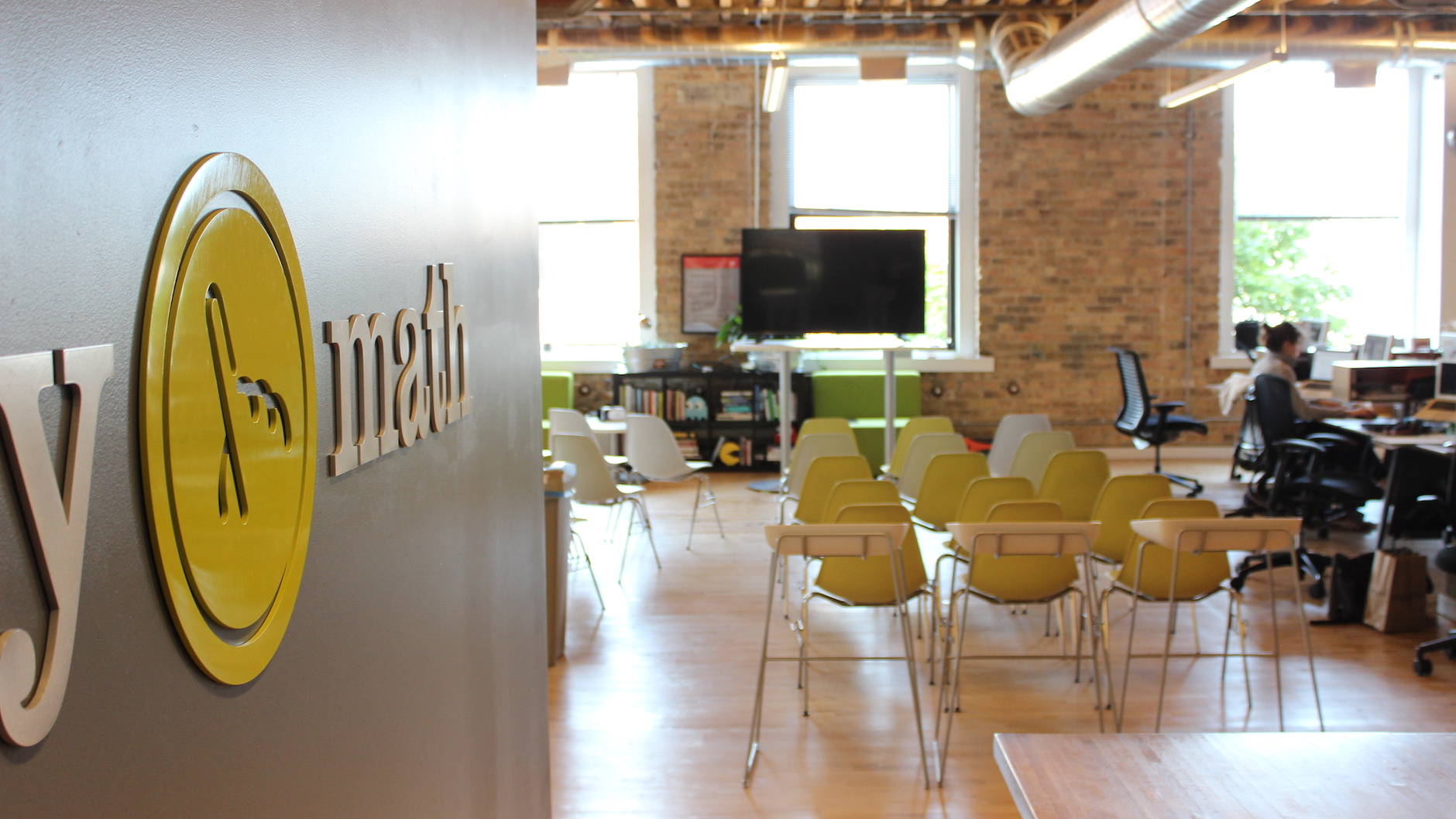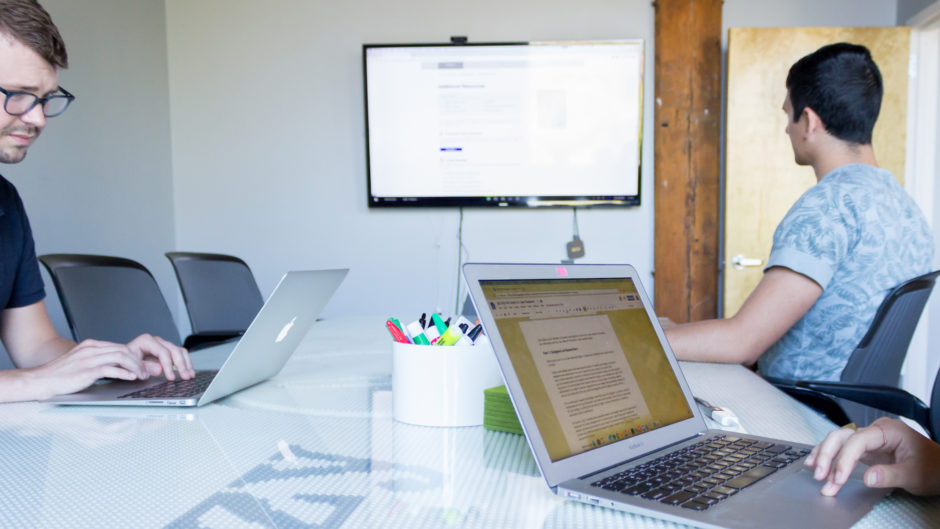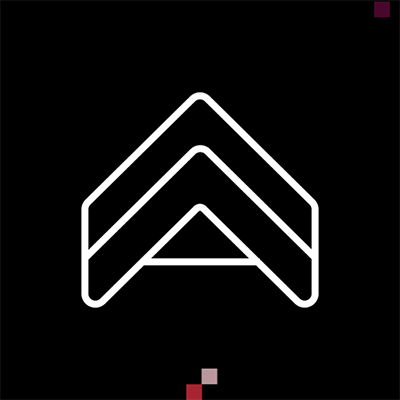
Finding and recruiting the right research participants is one of the most important steps in the UX research process. It’s also often the most time-consuming. In B2B and enterprise software, there’s another layer of complexity: finding the right participants for your UX research.
Here are some tips Fuzzy Math has learned over the past several years applying our enterprise UX design services to a variety of B2B and enterprise products.
1. The customer and the end user are not one and the same.
Often in enterprise and B2B software, the paying customers are those with purchasing and decision-making powers. In many situations, a manager or department head makes the decision to purchase and use a product within the organization. The actual end users have no input into a product they may be using for multiple hours a day. And vice versa—the economic buyer may not ever end up using the product that they purchased for their organization. This mismatch between economic buying power and usage can create difficulties in conducting research in business settings.
2. Ask the client for help research identifying participants for UX design research.
At the initial phases of a project, our clients know their customers, their product, and their market much better than we do. That’s why our first step in identifying the right research candidates is to ask our client for help.
Start by working with the client and business leaders to identify key roles and users of the product. This may be a mix of customers and end users, particularly in the early steps of the UX research process, when any and all information is helpful to learn. Ask for their help in identifying the following roles (to name a few):
- Salespeople: Because sales teams are on the ground, directly interacting with customers, they may have key insights into how the product is sold, including what features are helpful.
- People who train new users in the software: By talking to trainers, UX designers and researchers can gain insight into how a tool is “supposed” to work. However, it’s important to expand your scope beyond this user group, as you may miss crucial information about how a tool is actually being used.
- Experienced users: When designing software for a large enterprise client, be sure to talk to users with a variety of skill levels. Experienced users are often trying to solve for different problems, and will have a better knowledge of shortcuts and workarounds used when interacting with the product.
- Novice users: New users, on the other hand, will have better insight into onboarding and training processes. They often require more guidance and less complexity in products.
In some cases, particularly working on a B2B UX design project, you may end up in a situation where your client has limited access to end users, your client may not be able to identify all of the users that you need. But, they are typically able to provide a starting point for your UX research process. By talking to the participants that your client is able to help you source, you can begin to expand your scope to get the wide range of roles and personas that you need.
3. Respect the hierarchy and work top-down.
Don’t try to skip past the economic buy. Instead, start your relationship building there. After all, you aren’t just a researcher and/or designer; you are a bridge between business, marketing, design, and implementation. That requires attention to a series of key relationships.
With the economic buyer, it’s incredibly important to have buy-in from the top down. It also provides you with the necessary access to their team’s time. So start with a quick user interview session at this level, in place of more robust user research sessions you might perform with end users. Then as you understand the team structure, start to ask questions about their team in order to identify any roadblocks to gaining access. Utilize your time with the economic buyer to build justification for pulling end users away from their business tasks for your research.
You’ll most likely encounter a number of levels in a hierarchy before you find your true user. However, if you start forming relationships and continually build your case for research you’ll get to the end user.
When building an impactful report of your findings, it’s also important to note that your resulting design will need to satisfy both the end user and the economic buyer.
4. Talk to people on the periphery and work side-to-side.
When trying to identify the right research participants, remember to look outside of the team structure and towards shared resources such as sales, training/implementation, customer service, and system administrators. They might not be your user, but they will most likely be able to help gain access to them. Then start to map out an organization chart, but instead of mapping the hierarchy, map how people are connected to each other in the digital ecosystem. You’ll get the top-down from talking to the economic buyer and then you’ll get the side-to-side connection by talking to everyone else.

5. Ensure continuous UX research.
Repeat after me: user research isn’t a phase. Many product owners and designers position research as a one-time activity at the start or end of a project. They say things like “Hey, just this one time we’d like to talk to Mary about her use of the application.” But the organization you are working for should be striving for continuous customer outreach in service of applying a user-directed design approach. Your role is to set this baseline from the start.
Continuing the UX research process throughout the lifecycle of an application or product ensures the product’s success. Explain to key stakeholders that design research will be happening regardless of the project plan, and the results of which will be continuously folded into requirements, use cases, personas, user stories, or whatever part of the process happens to be occurring. That means talking to users before, during, and after a project. It means establishing a relationship with users/customers that is lasting and that extends outside of project timelines. This helps you build a baseline of research, but also allows you to be extremely thorough in your presentation and refinement of ideas.
Since you already have a clear picture of the organization and have built a series of key relationships, it’s time to start utilizing that trusted network. Start with a group of users and continually reach back out to them while also adding new users into your list of participants. Over time, mix-and-match at roughly 50%, the new and existing participants that you conduct research with.
So now you have your network established and are ready to implement a continuous UX research process—now you just need to conduct the research itself.
Every project starts with the UX research process. Need help identifying and understanding the users of your enterprise or B2B product? We can help.
Fuzzy Math Enterprise UX
Insight at Scale
- Finding the right research candidates
- Selecting and conducting the right research in a business setting
- Produce research findings reports with impact
